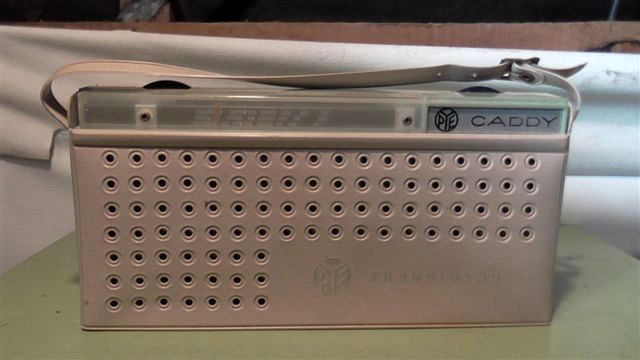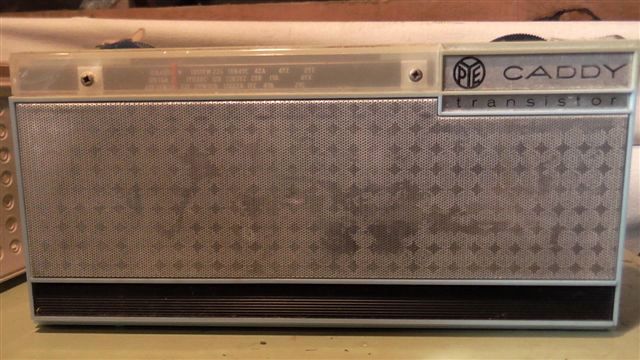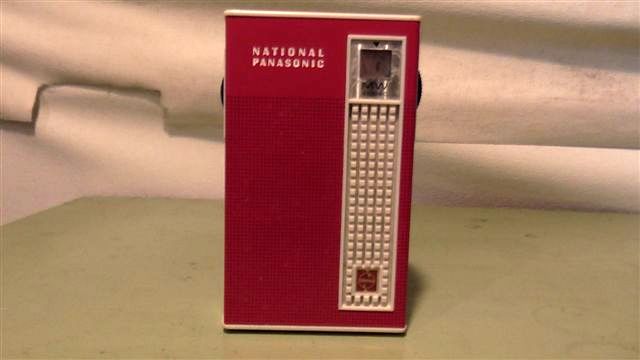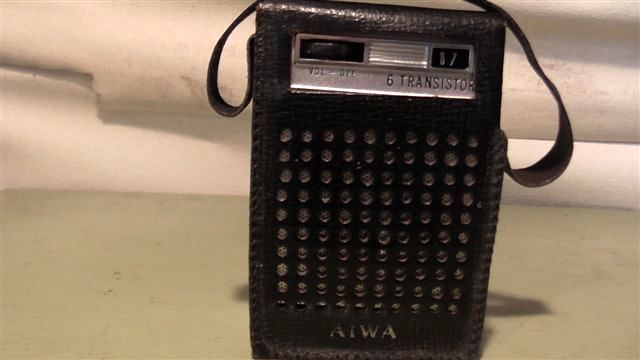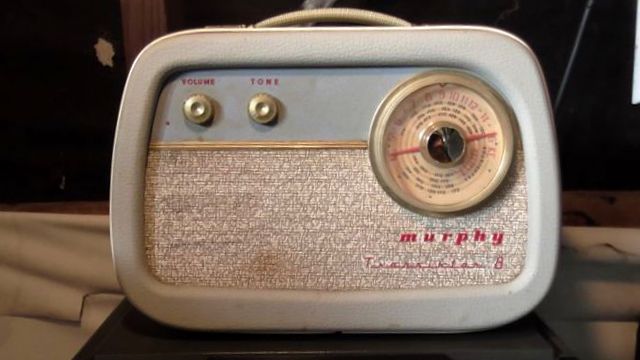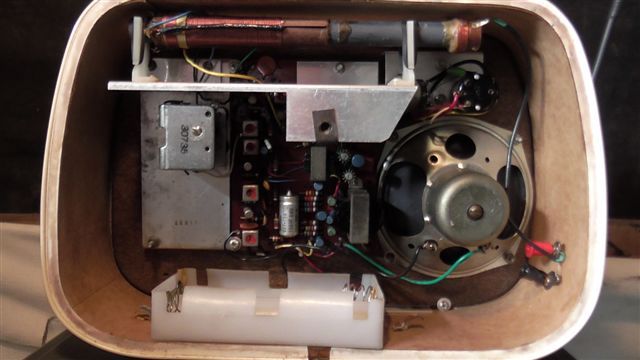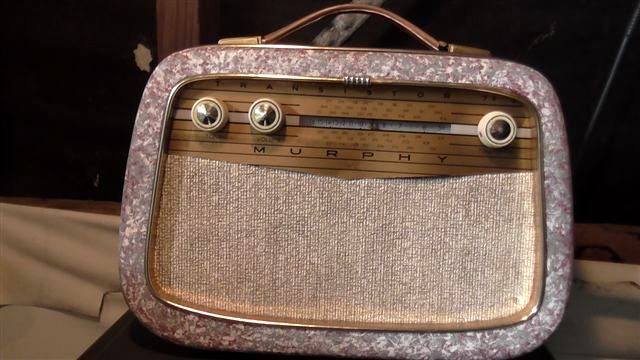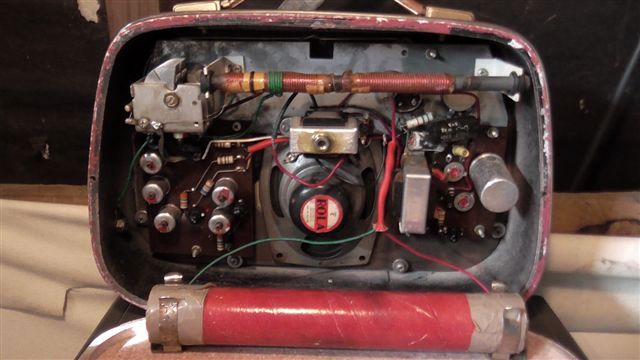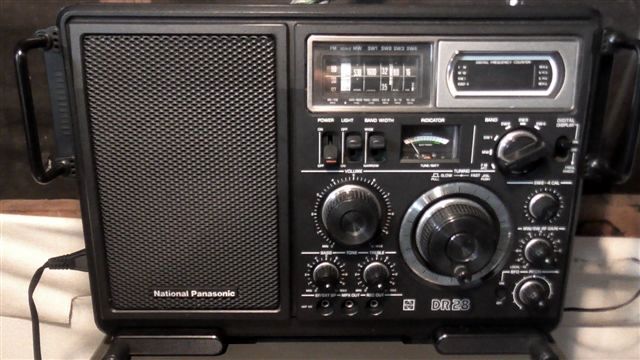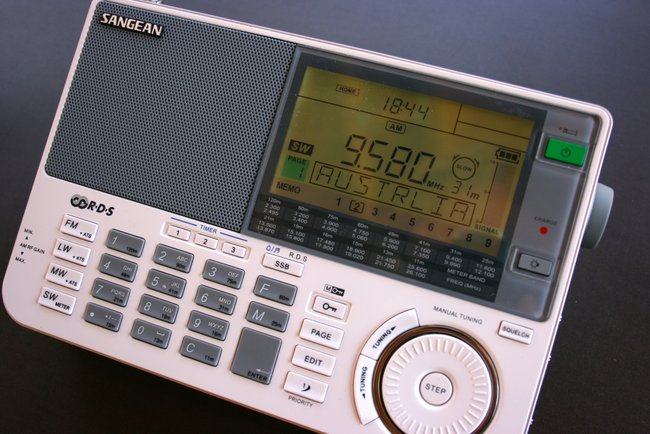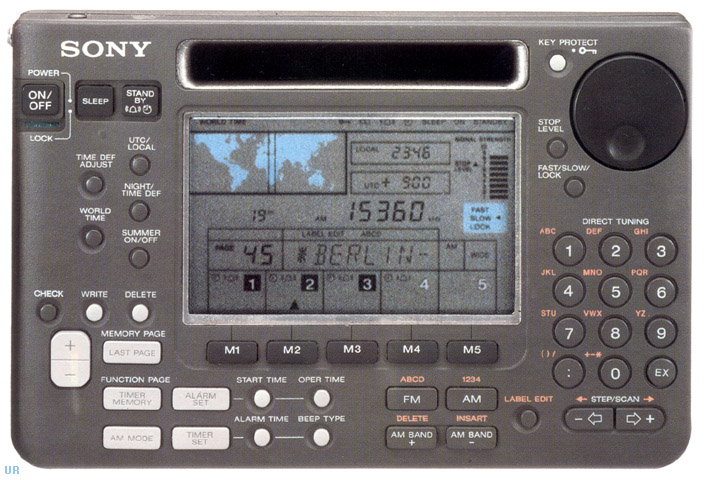
Many thanks to SWLing Post contributor, James Patterson, who writes:
I have owned the Sony ICF-SW55 for around 15 years or more. I like to change my listening pleasure from radio to radio, giving each one a rest, as they are all different to a degree. So I put the SW55 away and it sat unused for about six moths, as with my radio collection, I had others to listen to.
But when I decided to listen to the SW55 again, it just wouldn’t power up at all. I have read posts from other listeners saying their radios won’t power up either after sitting for extra long periods. I think they are mostly Sonys.
I tried many times but no it wouldn’t power up; I decided I’d just keep it as a memory of a failed Sony radio. I’m aware that the capacitors do blow, and assumed that’s most likely the problem.
But I decided there may be another way to get it going again. I always check for [battery compartment] corrosion, but there was none.
I thought of a crazy idea of actually freezing the radio–just to see what may happen. So it was in the chest freezer for 3 hours. I then took it out frozen like an ice brick!!.
I took it outside to the blazing hot sun and let it fully defrost. I then plugged a DC power pack into it. The operating voltage is 6 volts. I pushed 9 volts into it, through the switchable power pack. I got a plastic clamp and clamped the on/off switch permanently “on”. I could hear it turning on and off several times as the switch is electrically-activated.
Then all of a sudden it sprang to life–unbelievable! On it came at full volume, so I selected an AM station and it worked as good as it ever did. The sensitivity was always very good, and it still is.
So was it a “Fluke”, “freak of nature” just by chance, or was it the freezing that woke it up?
Well I’m not turning it off. I have new AA batteries in it, as well as the power pack that’s turned back to the correct 6 volts–and yes it’s still going!!
So maybe we should all start freezing our radios when they have given up the “ghost”!?! Don’t forget to defrost before powering up!! Maybe I’ve started a “new trend”. Any comments would be great! Thanks.
Thanks Thomas and have a great and happy New Year from New Zealand.
Wow–James, I’m not sure why this freezing method worked, but I’m glad it did!
I don’t think I could recommend that everyone try this but, James, you did this out of desperation since you essentially had a nice ICF-SW55 paperweight. What did you have to lose? I’m very curious if some engineers or electronics technicians could comment as to why freezing the radio helped.
I do know this: I would be cautious attempting James’ freezing method if you live in a humid environment. It’s possible that the condensation from the radio thawing could actually cause moisture damage. Obviously, in James’ case, it did not.
Thanks again, James–I hope your ICF-SW55 gives you many, many more years of service!

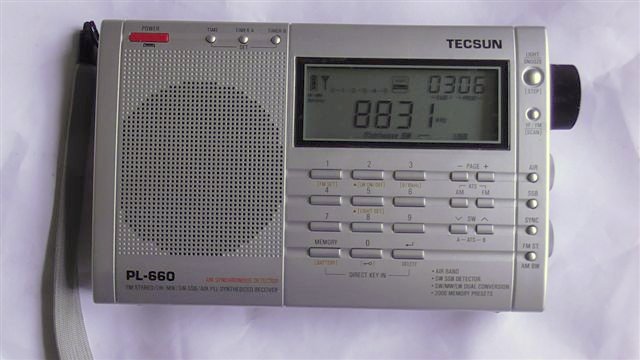
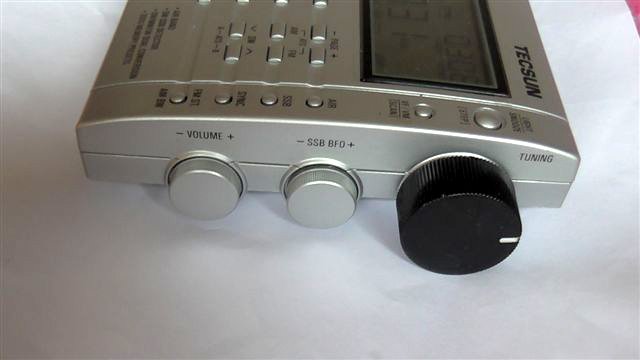
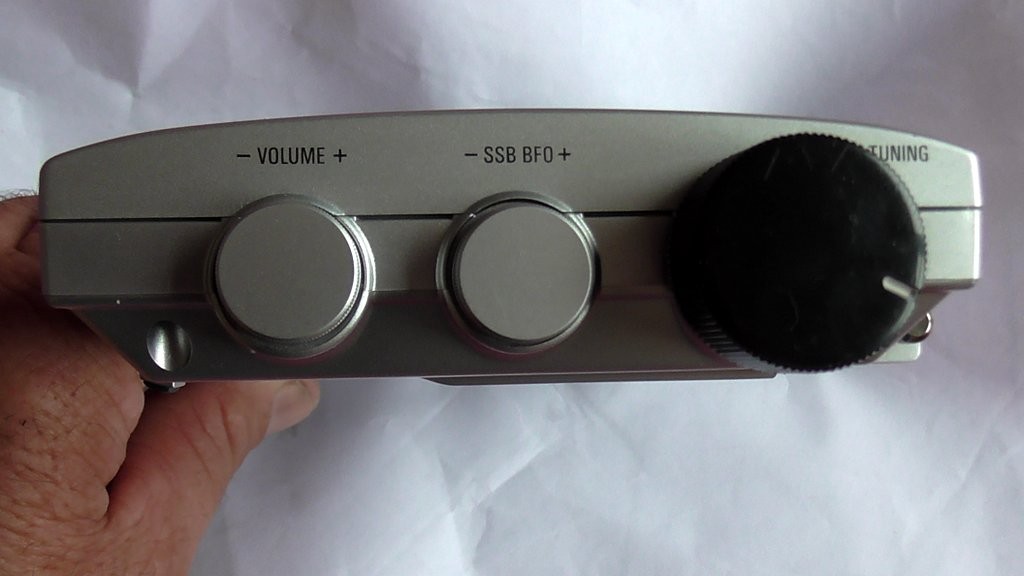
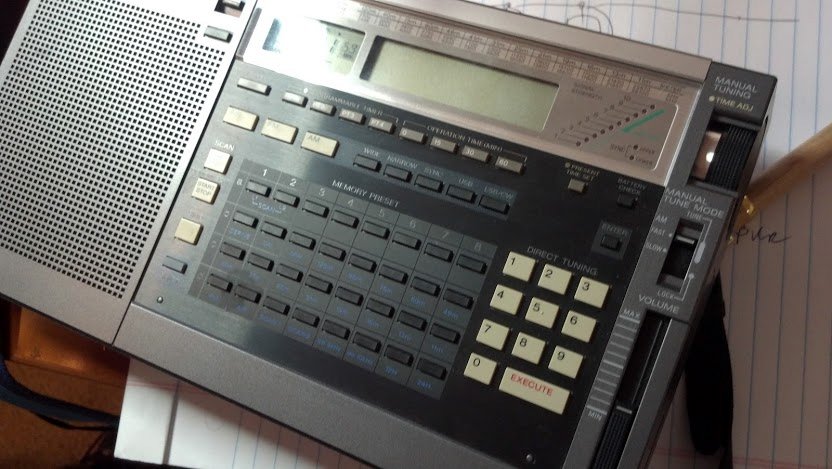
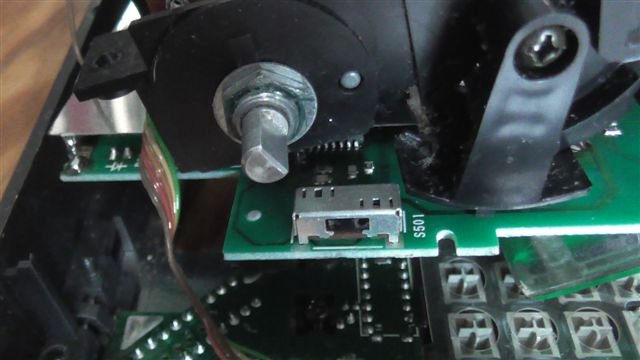
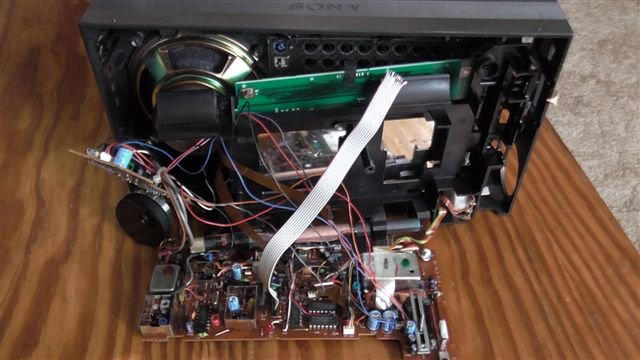
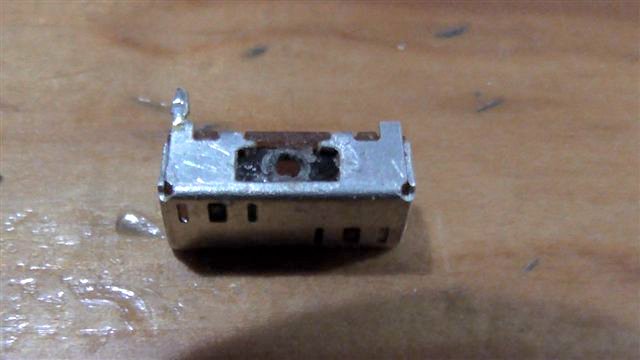
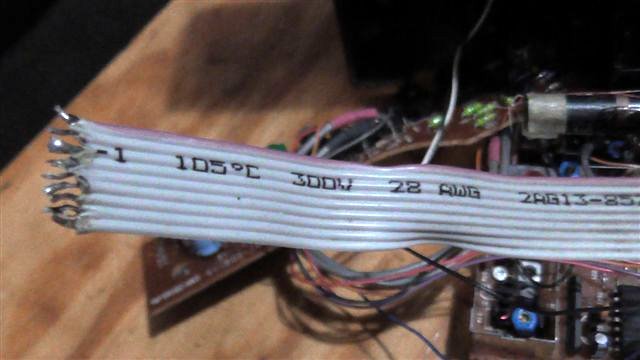
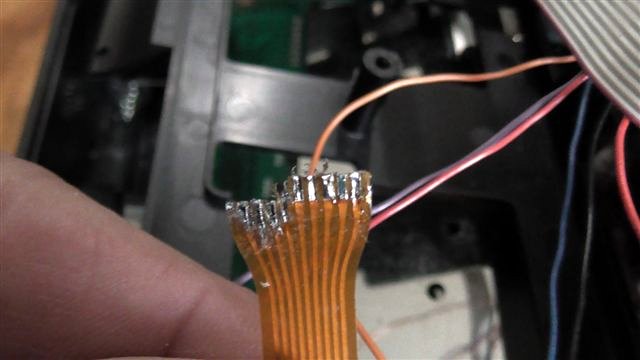
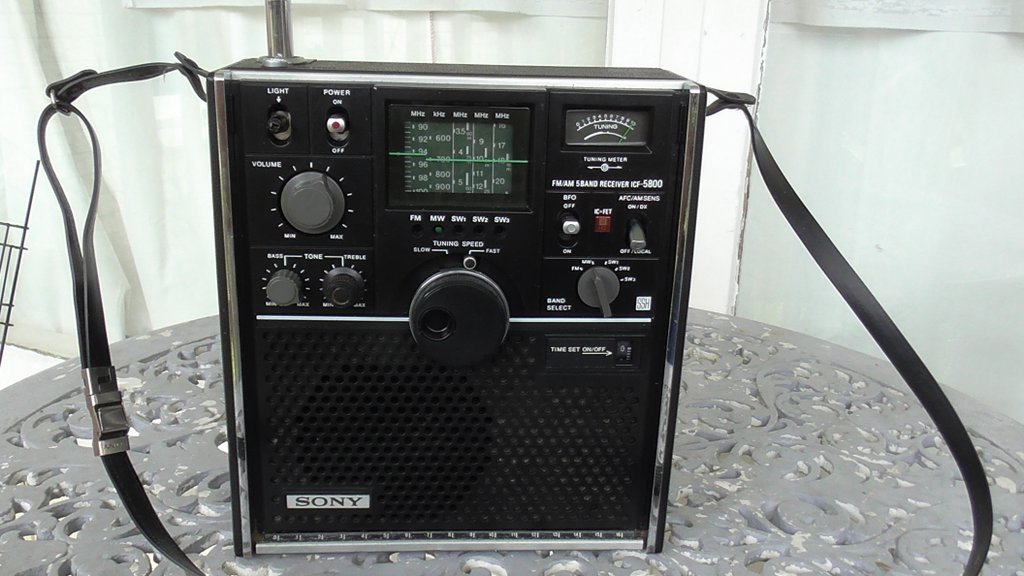
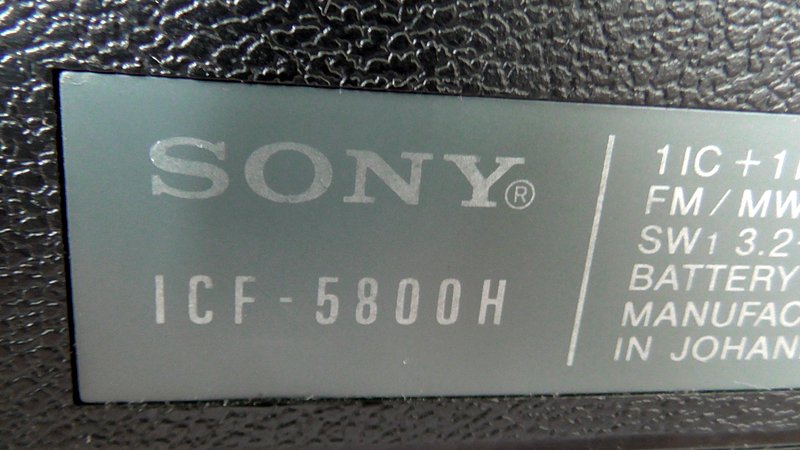
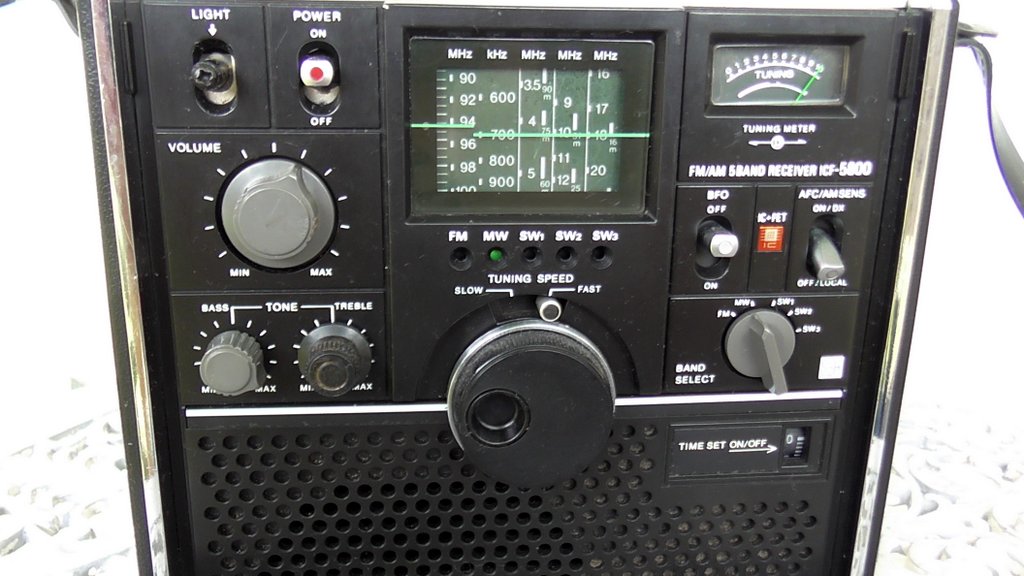
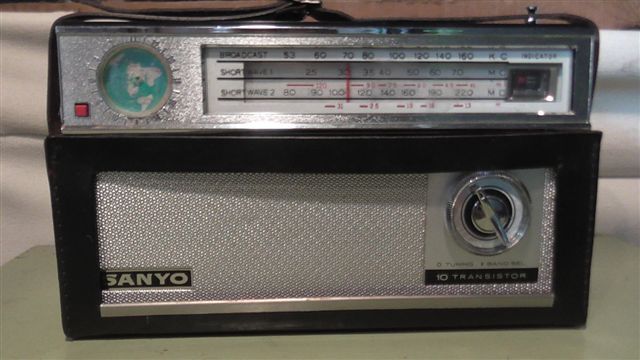
![Very early National portable with twin speakers, broadcast [band] and [shortwave. Works very well.](https://swling.com/blog/wp-content/uploads/2015/06/NationalPanasonic.jpg)
